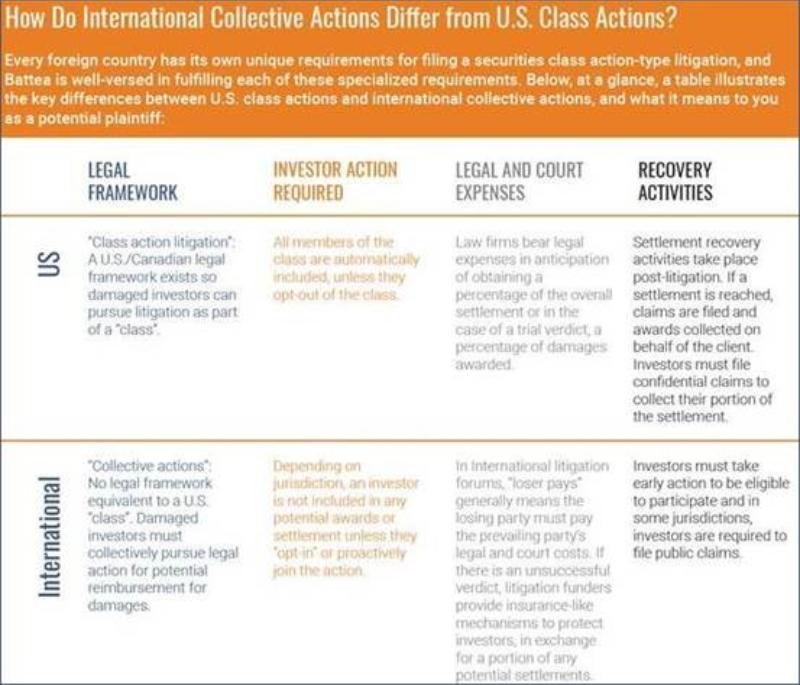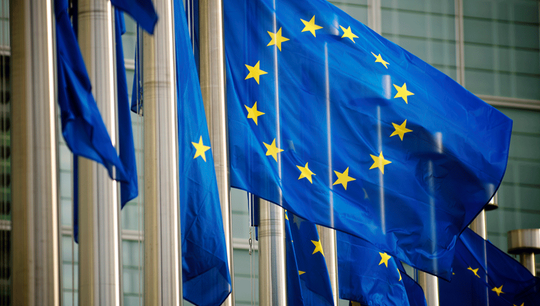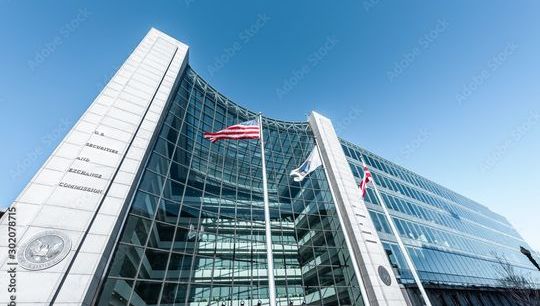The securities and antitrust class action litigation industry has risen at a record pace in 2017
By Kevin Doyle, Global Head of Marketing and Bob Williamson, Vice President, Sales, Battea – Class Action Services, LLC
Published: 25 October 2017
Billions of dollars are available to eligible investors, but the extensive class periods, vast array of instruments, and complex loss calculations make filing your claim a challenge.
Introduction
There has been incredible growth across securities and antitrust class action litigations and settlements, particularly as they have unfolded in 2016 and the first 3 quarters of 2017. The number of new cases and new settlements from traditional securities litigation to antitrust rate rigging, spread inflation and other forms of collusions are at an all-time high and shows no signs of slowing down.
- In the first half of 2017, there were 226 new federal securities class action cases filed.
- This surge in U.S. securities class action filings is more than 130% higher than the 120 first half filings in 2016.
- Of the new cases filed in 2017, 135 cited "violations of SEC Rule 10b-5 or of Section 11 or 12 of the 1933 Securities Act."
- The 2017 first half filings are the highest in history, and should this pace continue, total annual filings would represent a 67% increase from 2016.
As new cases are introduced or settle, the claim and loss analysis, litigation research, and rigorous data auditing and monitoring required for these filings have become increasingly complex both in the U.S. and abroad. In addition to the size and complexities of many derivatives and FX trading cases and settlements, the sheer volume of more traditional securities cases is exploding in the US and abroad.
International vs domestic claims filing and complex securities

Antitrust litigation
While most antitrust cases are not specifically securities class actions, sometimes these two legal subsets overlap, and the result is antitrust securities class action litigation. Examples include the credit default swaps antitrust litigation (which settled for $1.86 billion in 2015), the Private equity settlement for $590 million, the LIBOR, EURIBOR, and TIBOR scandals, and the FX-rigging case.
While these settlement funds are established to primarily benefit damaged institutional investors, many of these products transact over the counter (OTC) and accordingly are not easily identifiable with traditional securities identifiers. Special diligence is required in the filing of these types of claims or investors risk leaving vast sums of money on the table.
With many mega multi-billion dollar litigations related to Libor, Euribor and Tibor rates and spreads manipulation across a vast set of financial instruments and major multi-billion litigations in Foreign Exchange related trading, the hedge fund community is first in line to cash in from these and other regular events.
With nearly $4 billion available to eligible claimants across a variety of cases, ensuring your eligibility by properly filing your claim is an absolute necessity. Here are a few updates on some the larger available settlement funds:
EUROYEN (TIBOR) LITIGATION SETTLEMENT UPDATE
Recently two new defendants had agreed to contribute $148 million to the litigation settlement fund surrounding the manipulation of the Yen Libor and Euroyen Tibor benchmark interest rates. The preliminarily approved settlement fund now stands at $206 million.
FX INSTRUMENTS LITIGATION SETTLEMENT UPDATE
In the past two months, six new defendants that have agreed to contribute more than $300 million to the litigation settlement fund, pushing the preliminarily approved settlement fund to $2.31 billion regarding the manipulation of benchmark rates, price spreads at which currencies were bought and sold, and exchanging confidential customer information in an effort to trigger client stop-loss and limit orders. However, with one defendants still yet to settle their case, we anticipate this settlement fund to increase even more.
US DOLLAR LIBOR LITIGATION SETTLEMENT UPDATE
The current settlements in this case, Barclays Bank for $120 million and Citibank for $130 million, are considered “ice-breakers”. In addition to the monetary contribution, the settlement requires cooperation with the Plaintiffs in their on-going litigation against the Non-Settling Defendants. This is expected to increase the leverage the Plaintiffs have in the settlement negotiations.
The list of Non-Settling Defendants is lengthy and includes 16 major banks. It is most likely that additional Banks will fall in line and settle; and with each settlement the Settling Bank will be required to cooperate with the Plaintiffs in their on-going litigation against the remaining Non-Settling Defendants. With each settlement, the Settlement Fund will continue to grow. It is expected that the total Settlement Fund will be in excess of $1 billion.
The time to act is now
With such significant sums available to damaged investors, it is crucial that you take action to establish your claim. For the US and Canada FX litigations, eligible investors are automatically included in the class but must file claims to collect their settlement dollars.
To contact the authors:
Kevin Doyle, Global Head of Marketing, Battea – Class Action Services, LLC: [email protected]
Bob Williamson, Vice President, Sales, Battea – Class Action Services, LLC: [email protected]







